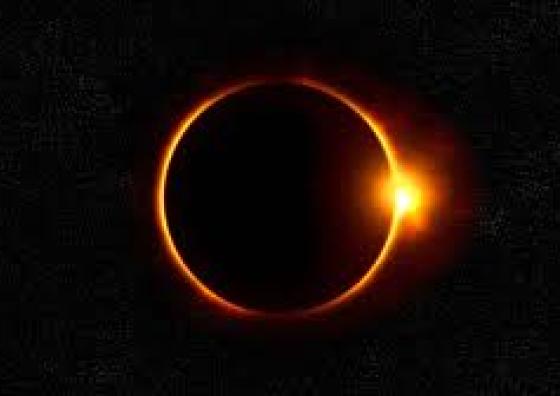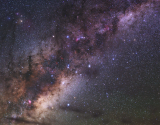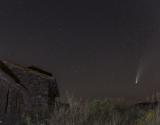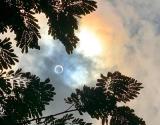The app Eclipsi2.0 to compute and simulate eclipses and planetary transits, created by the astrophysicist of the Institute of Cosmos Sciences, Eduard Masana (ICCUB-IEEC), has reached 200,000 downloads and is consolidated as a reference in the world of applications for the calculation and simulation of astronomical events.
If you are a fan of astronomy, this application will keep you updated on upcoming astronomical events, as well as inform you of the technical details such as visibility, eclipse magnitude, maximum...
Download Eclipse 2.0 | Eclipse 2.0 on ServiAstro
About Eclipsi 2.0
The main features of the application, which allows lovers of astronomy to easily discover the general and local circumstances of the solar and lunar eclipses and planetary transits are:
- Access to data of all solar and lunar eclipses and planetary transits between 1900 and 2100.
- Computation of general circumstances of the phenomenon, including global visibility maps.
- Computation of the local circumstances of the phenomenon for any place in the world (beginning, end, duration, altitude of the Sun or Moon above the horizon, ...) * Simulation of the phenomenon from your observational point.
- Choice of observing place from a database, manually or from the GPS coordinates.
About the author
Eduard Masana is an astronomer and researcher of the Gaia group at the Institute of Cosmos Sciences of the University of Barcelona and a member of the Institute of Space Studies of Catalonia. In recent years, he has developed the Gaia GASS simulator and his research is focused on determining stellar physical parameters from photometric data. Masana also participates in several outreach activities, giving talks to the general públic and organizing astronomical observations. He is the creator of the Eclipse 2.0 application for calculating eclipses and planetary transits. His outreach activity places a particular emphasis on Gaia, with the aim of making the mission known to the general public, students or astronomy fans. He is also a member of the editorial board of the Gaiaverse outreach portal.




